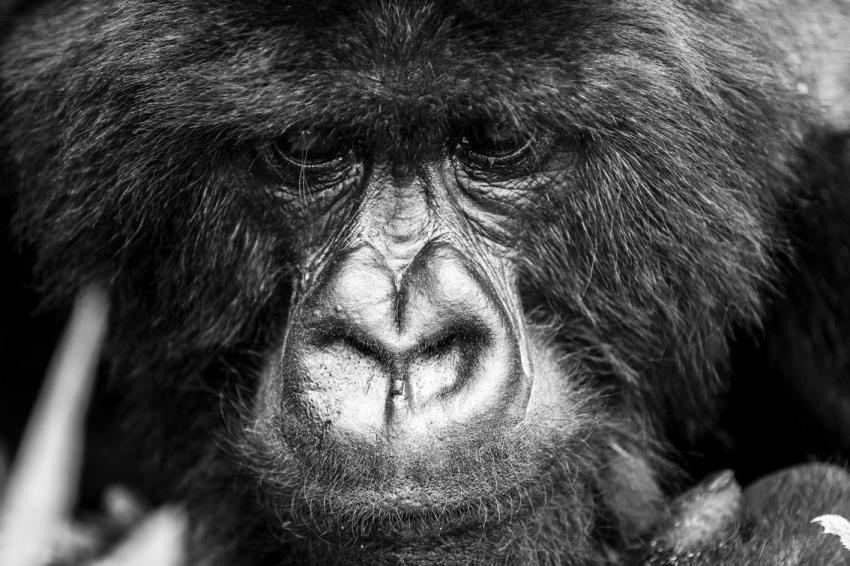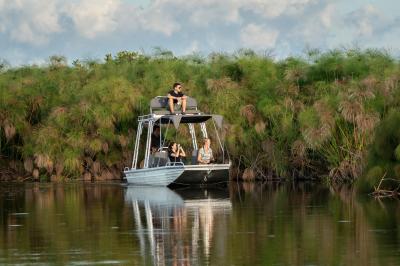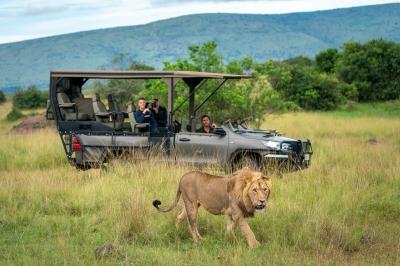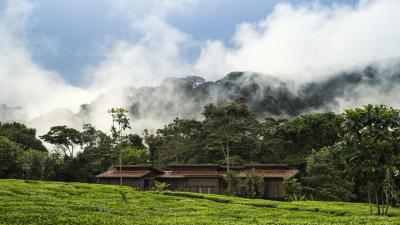Trekking to see the mountain gorillas of Equatorial Africa is a once-in-a-lifetime experience, offering the rare chance to come face-to-face with the largest living primate on Earth. There are approximately 1,063 mountain gorillas left in the wild, mostly found in the Virunga Mountains that span Rwanda, Uganda, and the Democratic Republic of the Congo (DRC). Thanks to the combined efforts of NGOs, local communities, and government organizations, the population is steadily increasing. Gorilla trekking plays a vital role in their conservation.
In this guide, we’ll cover essential information about gorilla trekking in Rwanda from costs and logistics to packing tips to help you plan an unforgettable adventure.
How Much Does Gorilla Trekking in Rwanda Cost?
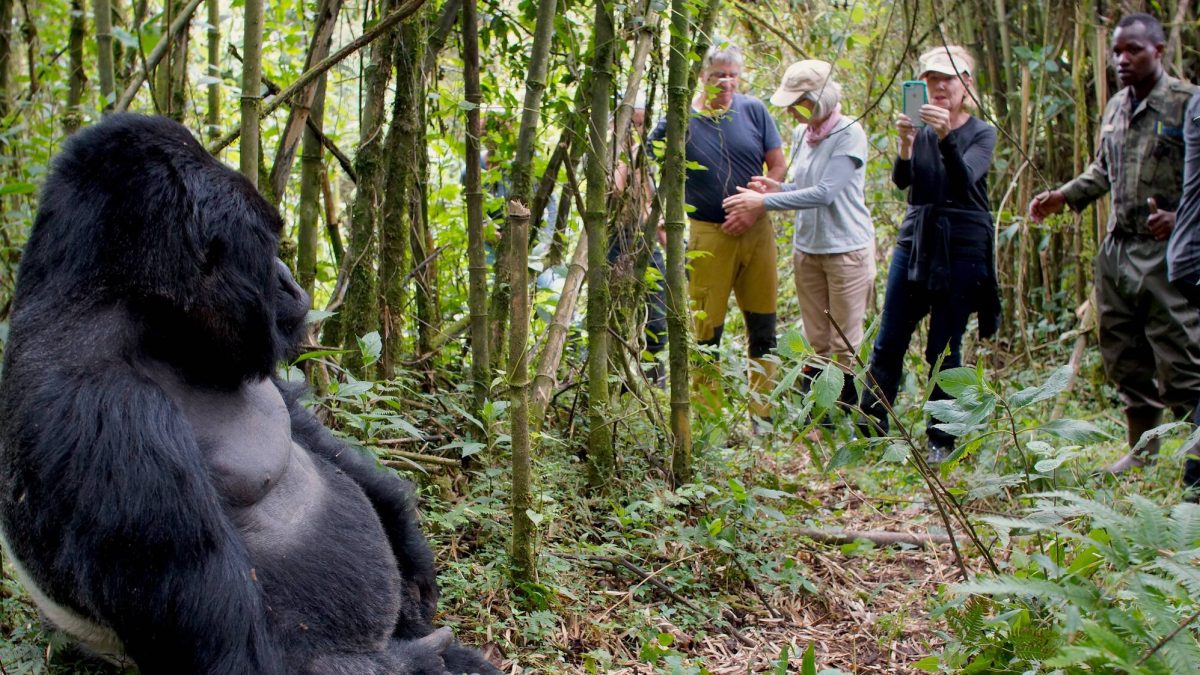 As of 2025, securing a gorilla trekking permit in Rwanda costs USD 1,500. This fee helps fund critical conservation efforts, community development, and local employment. While permits in Uganda and the DRC are more affordable, Rwanda’s ease of access and habituated gorilla groups often justify the higher cost.
As of 2025, securing a gorilla trekking permit in Rwanda costs USD 1,500. This fee helps fund critical conservation efforts, community development, and local employment. While permits in Uganda and the DRC are more affordable, Rwanda’s ease of access and habituated gorilla groups often justify the higher cost.
Booking your permit well in advance is essential. Only 96 permits are issued daily, with each gorilla group limited to eight tourists. Permits can be reserved through a reputable tour operator like Vencha Travel or directly with the Rwanda Development Board (RDB).
Why Choose Rwanda for Gorilla Trekking?
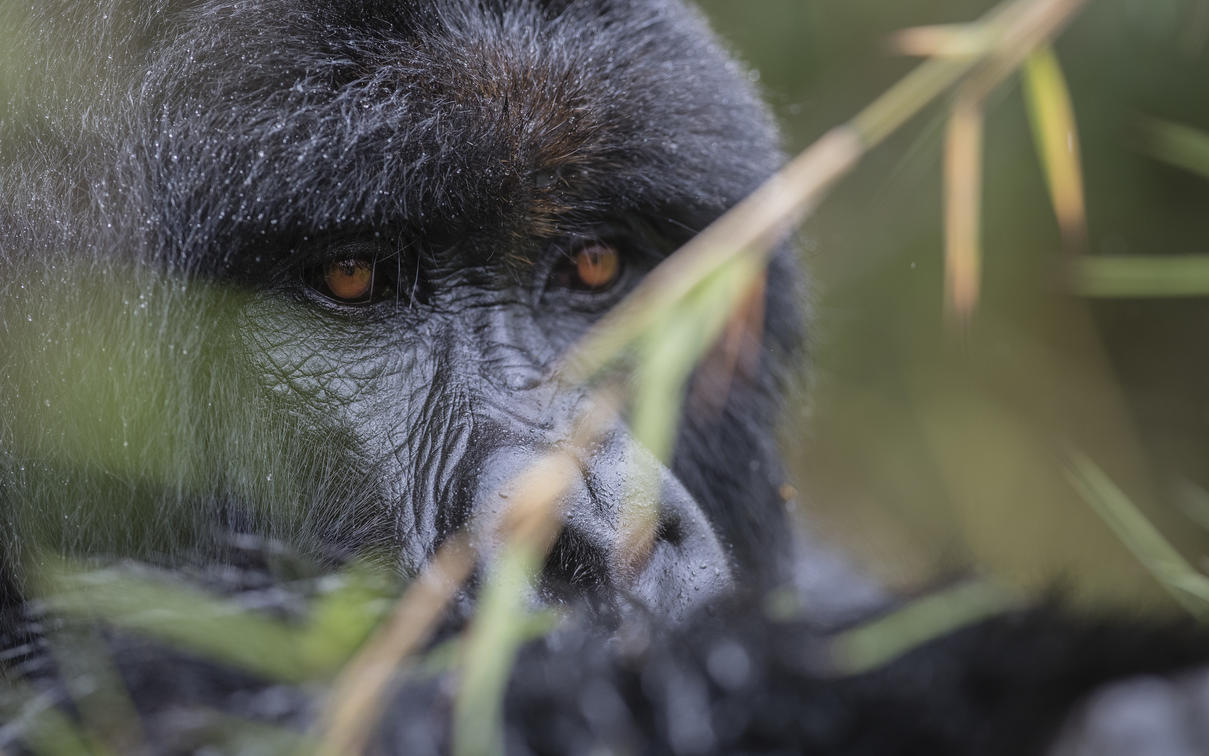
- Convenience: Kigali International Airport is just 2.5 hours by road from Volcanoes National Park, making same-day trekking possible.
- Photography: Gorillas in Rwanda’s bamboo forests are often easier to photograph than those in Uganda’s dense forests.
- Community Impact: 10% of permit fees support local communities, funding schools, health centers, and infrastructure. Additional funds compensate farmers for crop damage, fostering human-wildlife coexistence.
How Difficult Is Gorilla Trekking in Rwanda?
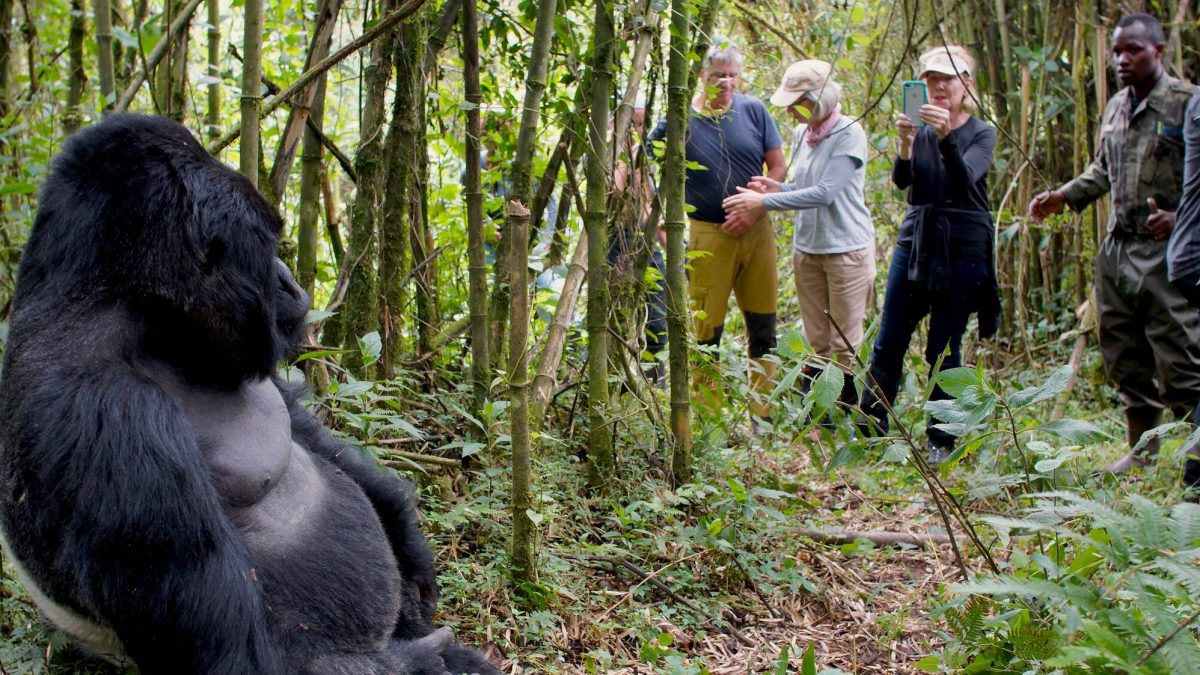 While moderately challenging, gorilla trekking does not require peak physical fitness. Treks can range from two to nine hours, depending on the gorillas’ location. Steep, muddy, and slippery trails add to the challenge, especially at higher altitudes.
While moderately challenging, gorilla trekking does not require peak physical fitness. Treks can range from two to nine hours, depending on the gorillas’ location. Steep, muddy, and slippery trails add to the challenge, especially at higher altitudes.
A typical trek begins with a 7:00 a.m. briefing at Kinigi Park Headquarters, where groups are assigned based on fitness levels. Trekkers are accompanied by professional guides, trackers, scouts, and optional porters.
Is Gorilla Trekking Safe?
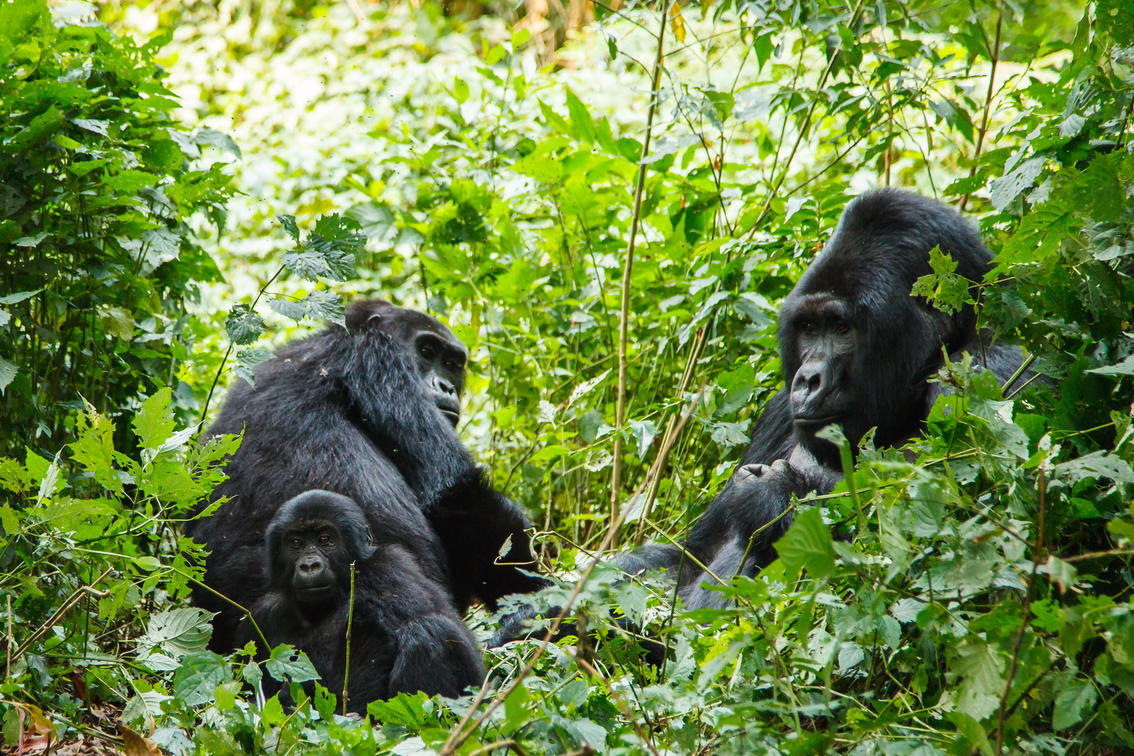 Rwanda is among Africa’s safest countries, with minimal crime and robust security measures. In Volcanoes National Park, armed scouts accompany treks to ensure safety from potential wildlife threats. Silverback charges are rare, and guides are highly trained to handle encounters.
Rwanda is among Africa’s safest countries, with minimal crime and robust security measures. In Volcanoes National Park, armed scouts accompany treks to ensure safety from potential wildlife threats. Silverback charges are rare, and guides are highly trained to handle encounters.
Rwanda vs. Uganda: Which Is Better?
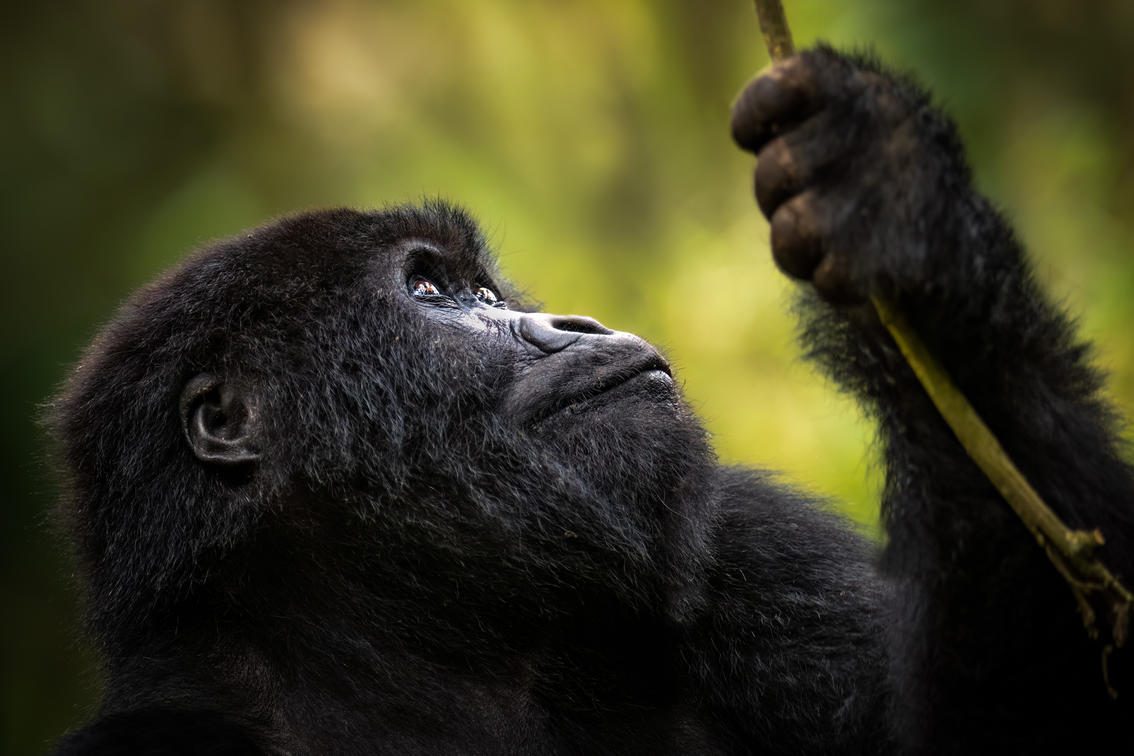
- Accessibility: Rwanda’s Volcanoes National Park is a 2-3 hour drive from Kigali. Uganda’s Bwindi Impenetrable Forest requires an 8-hour drive from Entebbe.
- Cost: Uganda’s permits are USD 700, significantly cheaper.
- Experience: Rwanda’s bamboo forests offer better visibility, enhancing photography opportunities.
Best Time to Trek
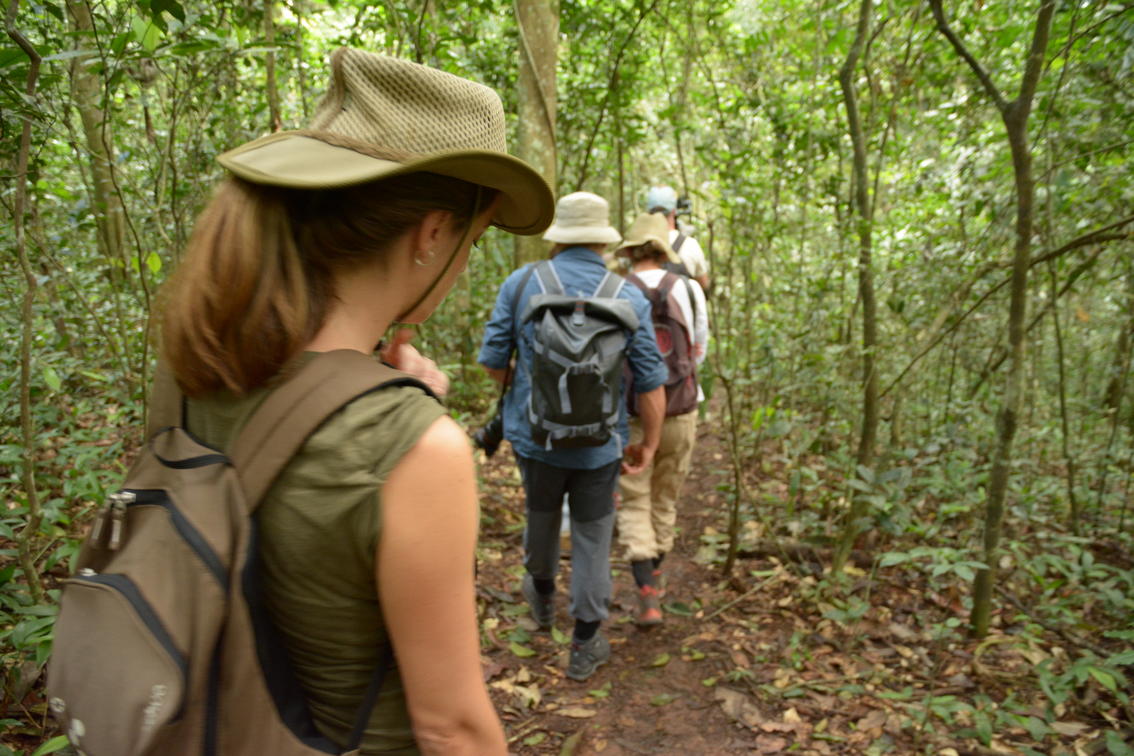
- June to September: Long dry season, ideal for trekking with minimal rain.
- December to February: Short dry season, also favorable.
- April to May & October to November: Rainy seasons—trails are slippery, but gorillas often stay at lower elevations.
Packing Essentials
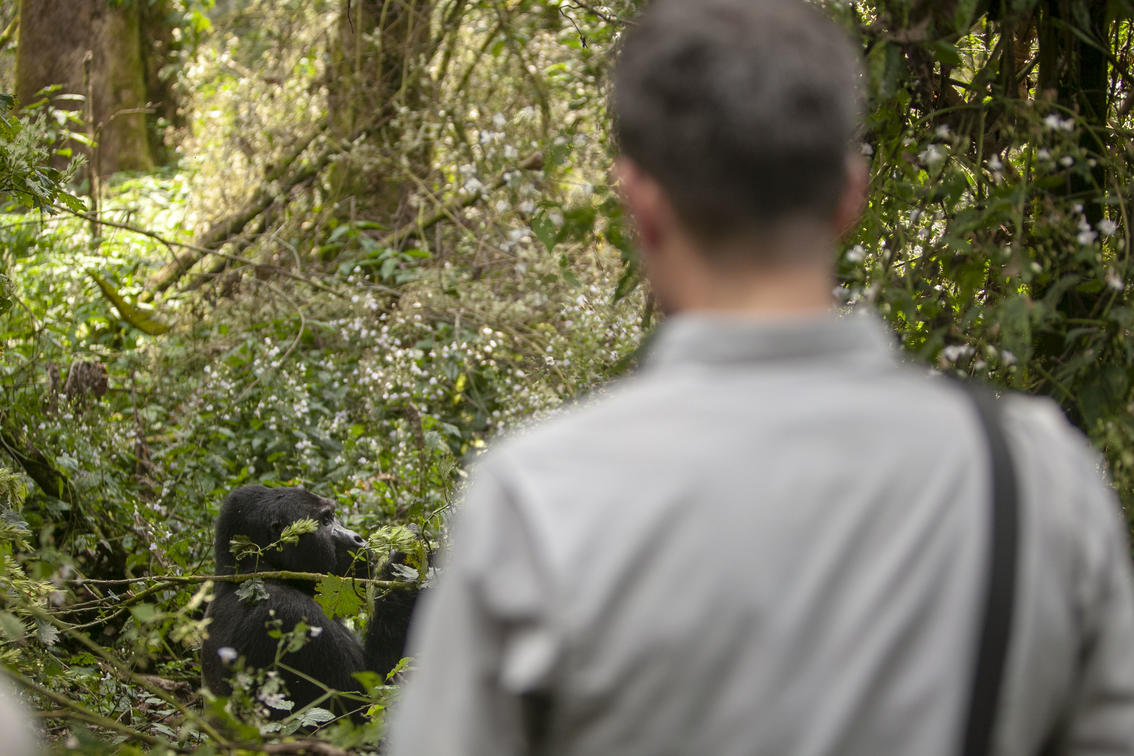
- Clothing:
- Long-sleeved shirts and trousers (preferably khaki).
- Sturdy, waterproof hiking boots.
- Lightweight rain jacket.
- Wide-brimmed hat and sunscreen.
- Other Gear:
- Insect repellent.
- Warm sweater for cool mornings and evenings.
- Camera with a zoom lens for close-up shots.
Golden Monkey Trekking
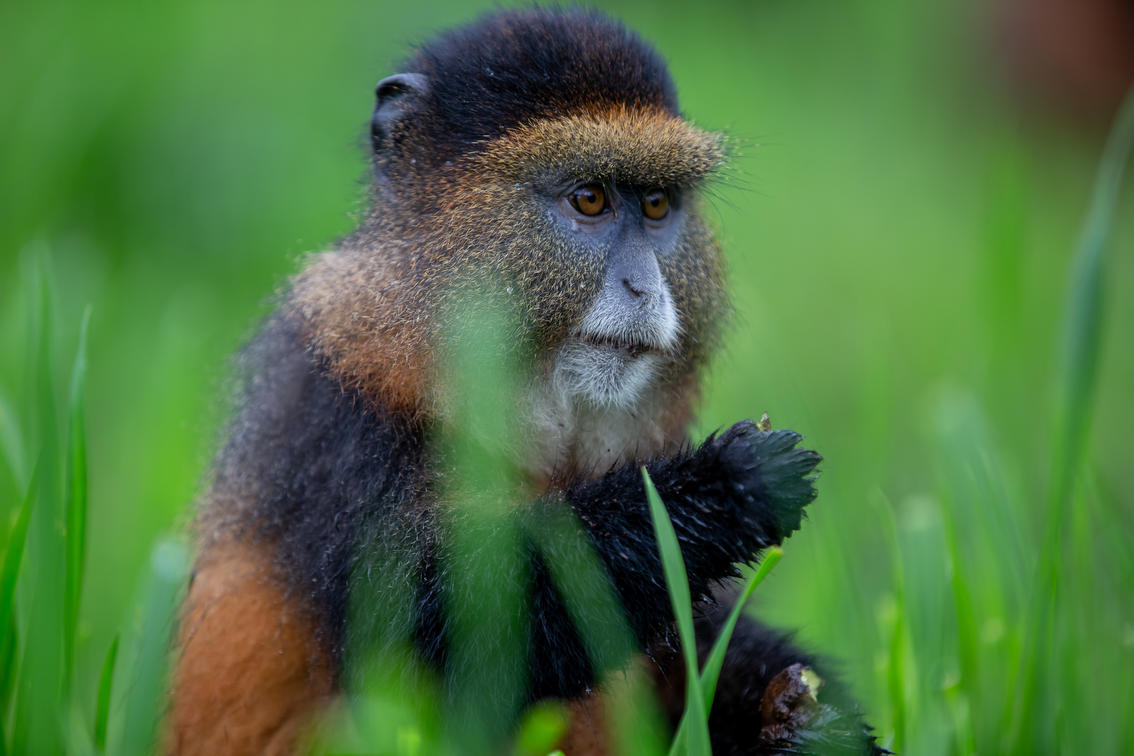 Volcanoes National Park is also home to habituated golden monkeys. Permits cost USD 100, with no group size limits. Treks begin at 7:00 a.m..
Volcanoes National Park is also home to habituated golden monkeys. Permits cost USD 100, with no group size limits. Treks begin at 7:00 a.m..
Age Limit
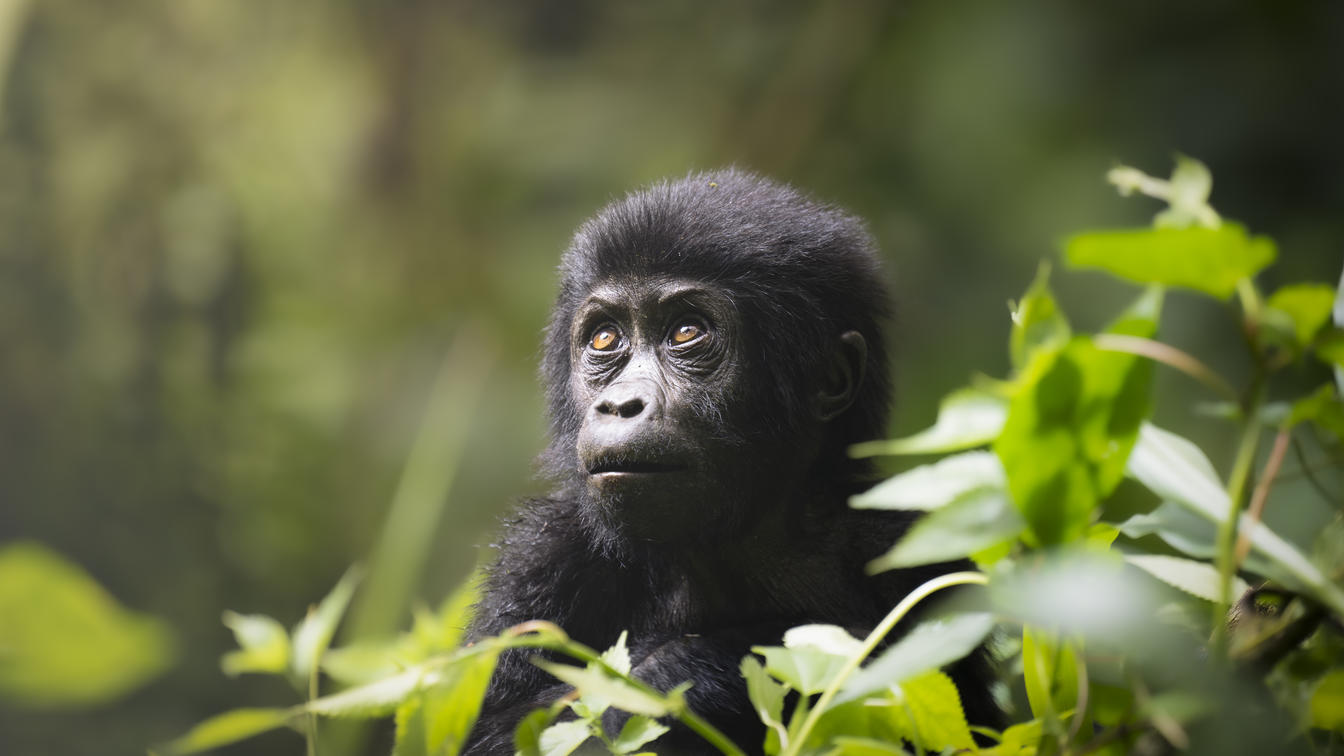 Gorilla trekking in Rwanda is restricted to those aged 15 and older due to the challenging terrain.
Gorilla trekking in Rwanda is restricted to those aged 15 and older due to the challenging terrain.
Plan Your Rwanda Gorilla Trekking Safari:
Vencha Travel can assist in crafting a personalized itinerary that perfectly suits your travel preferences. Contact our Rwanda Safari Specialists today to embark on an unforgettable gorilla trekking adventure.
Learn More:
For more information on planning your Rwanda safari, explore our other blog articles.
Disclaimer:
This information is for general guidance only and may be subject to change. For the most up-to-date and accurate information on gorilla trekking permits, regulations, and safety guidelines, please consult with the experts at Vencha Travel. Our team of experienced travel specialists can provide you with personalized advice and assist you in planning a safe and unforgettable gorilla trekking adventure in Rwanda.
Start planning your Rwanda Gorilla Trekking Safari today!
Help Me Plan

 1-321-766-6821
1-321-766-6821 
